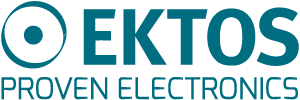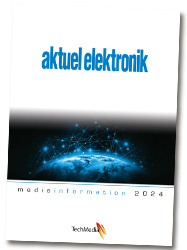
EKTOS Development invites you to the next session in its growing Functional Safety Webinar Series on July 3rd at 16:00 CEST, titled “Architecturing Functional Safety.”
Functional safety architecture defines the structure that determines whether a system can detect, tolerate, and safely handle hardware or software faults during real-world operation. A poorly designed architecture can delay certification, increase costs, and introduce hidden systemic risks that may only surface after deployment.
This upcoming webinar will provide engineers and project teams with a step-by-step technical framework for embedding functional safety into system design from the very beginning, ensuring resilience, auditability, and scalability as products move toward certification and market deployment.
During this deep-dive session, EKTOS functional safety specialists will guide participants through:
- The key principles of functional safety architecture and why early architectural alignment is critical for success.
- How system-level safety requirements translate into concrete architecture decisions.
- Proper hardware-software partitioning for isolation, redundancy, and fault tolerance.
- Applying SIL (Safety Integrity Level) and ASIL (Automotive Safety Integrity Level) decomposition for optimized design flexibility.
- Designing Safety Elements Out of Context (SEooC) to enable modular, reusable safety components.
- Proper documentation of the architecture for certification bodies and compliance auditors.
- Preparing safety architectures for a smooth transition into verification, validation, and certification phases.
With standards like ISO 26262, IEC 61508, and ISO 13849 continually evolving, development teams face increasing pressure to demonstrate that their architectures meet stringent safety requirements. A robust functional safety architecture reduces redesign risks and significantly simplifies compliance audits, certification readiness, and product lifecycle management — all while protecting users and safeguarding corporate reputations.
The webinar will be held live on July 3, 2025, at 16:00 CEST.
👉 Secure your spot here.


